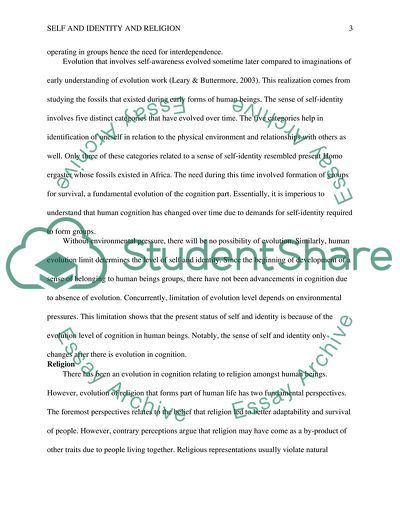Cite this document
(Cognition in Self and Religion Term Paper Example | Topics and Well Written Essays - 3000 words, n.d.)
Cognition in Self and Religion Term Paper Example | Topics and Well Written Essays - 3000 words. https://studentshare.org/religion-and-theology/1866719-cognition-is-constrained-and-directed-by-both-evolutionary-and-cultural-processes-discuss-this-claim-with-reference-to-at-least-two-empirical-domains
Cognition in Self and Religion Term Paper Example | Topics and Well Written Essays - 3000 words. https://studentshare.org/religion-and-theology/1866719-cognition-is-constrained-and-directed-by-both-evolutionary-and-cultural-processes-discuss-this-claim-with-reference-to-at-least-two-empirical-domains
(Cognition in Self and Religion Term Paper Example | Topics and Well Written Essays - 3000 Words)
Cognition in Self and Religion Term Paper Example | Topics and Well Written Essays - 3000 Words. https://studentshare.org/religion-and-theology/1866719-cognition-is-constrained-and-directed-by-both-evolutionary-and-cultural-processes-discuss-this-claim-with-reference-to-at-least-two-empirical-domains.
Cognition in Self and Religion Term Paper Example | Topics and Well Written Essays - 3000 Words. https://studentshare.org/religion-and-theology/1866719-cognition-is-constrained-and-directed-by-both-evolutionary-and-cultural-processes-discuss-this-claim-with-reference-to-at-least-two-empirical-domains.
“Cognition in Self and Religion Term Paper Example | Topics and Well Written Essays - 3000 Words”. https://studentshare.org/religion-and-theology/1866719-cognition-is-constrained-and-directed-by-both-evolutionary-and-cultural-processes-discuss-this-claim-with-reference-to-at-least-two-empirical-domains.


